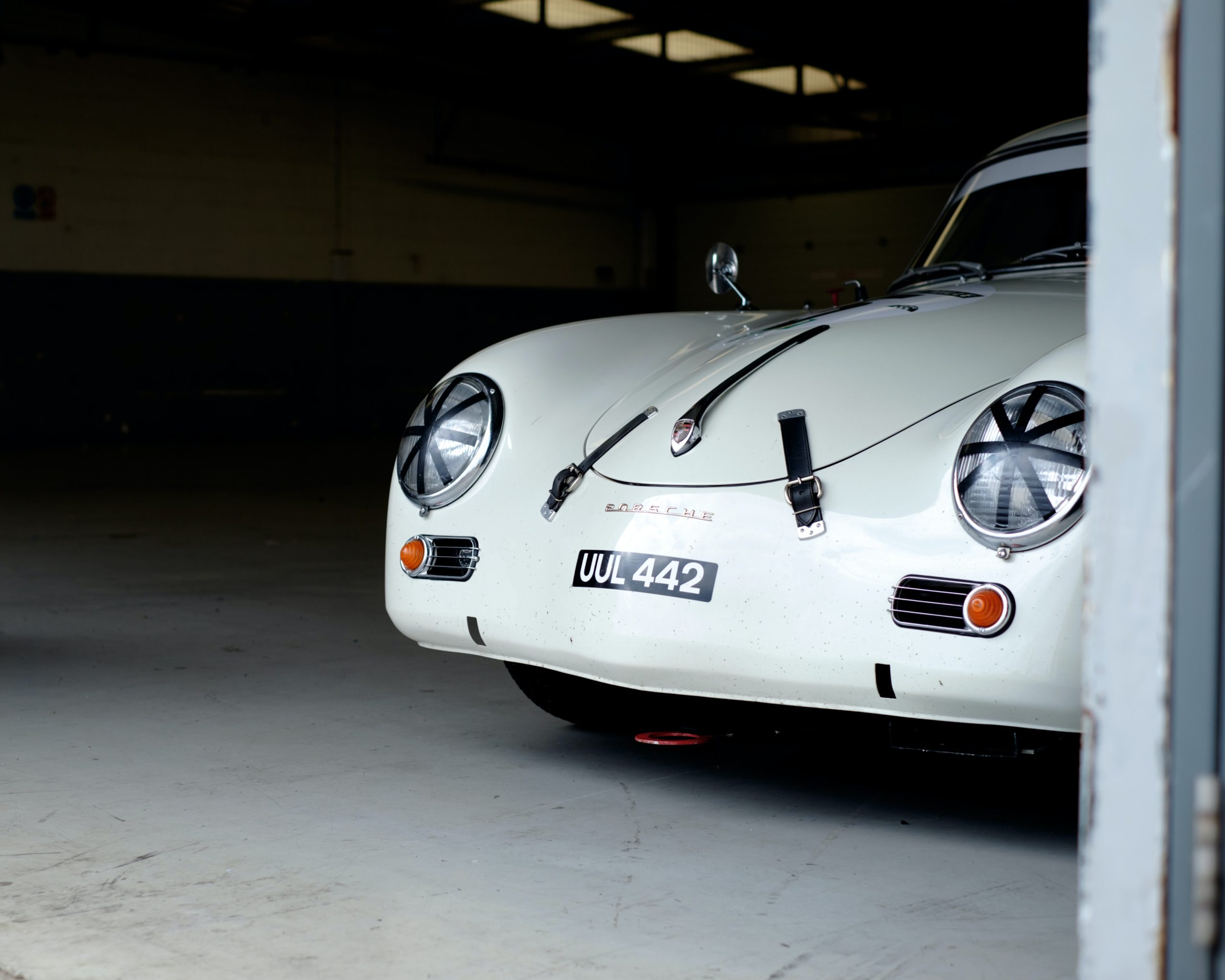Porsche Terms
The world of Porsche is filled with all kinds of names, terms and abbreviations and it’s hard for even a passionate enthusiast to remember them all. That’s why we’ve put together the following. If you find anything amiss or have anything to add, don’t hesitate to give us a shout.
B
- Boxster
- The name for the new open top model in the 1990’s was created simply from the BOXer engine and roadSTER body it utilised.
C
- Cayenne
- Cayenne is the name given to the SUV launched for the 2002 model year. The name has multiple meanings: the capital of French Guiana is called Cayenne and so is the famous pepper.
- Carrera
- Carrera is a spanish word and stands for “race”. Porsche started using the name on the 356 series, to show homage to Carrera Panamericana, a border-to-border race held in Mexico from 1950 to 1954. The Carrera name has been added to many racing and race-ready models since 1955: the 356, 904, 906, 911 up to 1977 and the 924. In 1984, with the 911 G-model being in production for a decade already, Porsche’s marketing department started using the Carrera name for a basic model to boost sales. The name was also used for the Carrera GT supercar.
M
- Macan
- Macan means ”tiger” in both Indonesian and Malaysian languages. In addition, in Serbo-Croatian the very close form of màcan is used for a tomcat. Macan is the final name for the smaller SUV, originally rumored to be the ”Cajun“.
P
- Panamera
- The word doesn’t mean anything specific and is derived from Panamericana, a highway system where the Carrera Panamericana road race took place.
- PASM
- Porsche Active Suspension Management. The shock absorbers have electrically adjustable valves in them making it possible to control the amount of oil moving from compartment to compartment and this way making it possible to change the stiffness of the absorbers.
No Subscription? You’re missing out
Get immediate ad-free access to all our premium content.
Get Started



